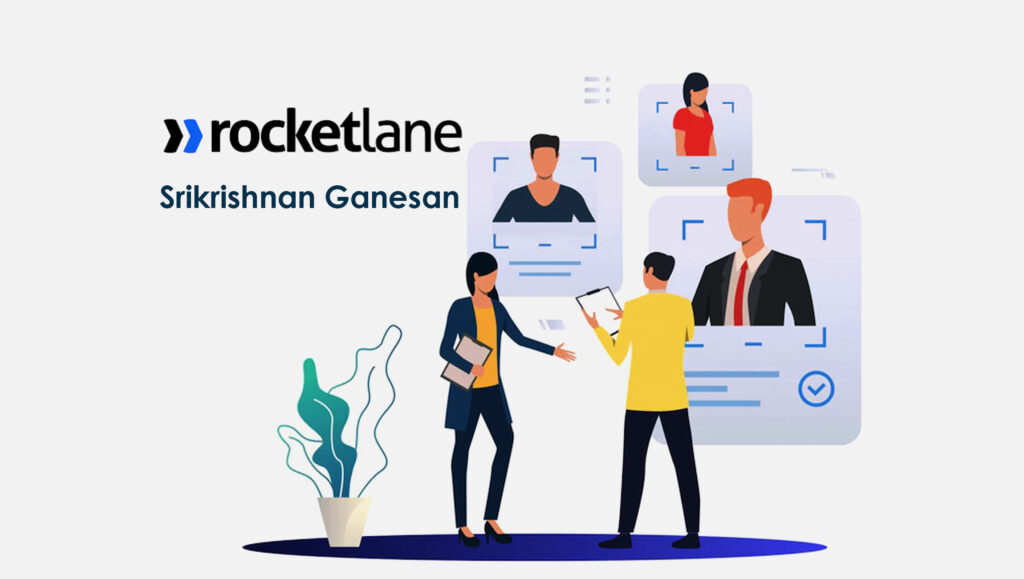The SaaS world has never seen more competition than it is now. Customers are aware that they have access to multiple options that will work for them, and SaaS businesses need to find a way to stand out from the crowd. The easiest way to do that is hiding in plain sight for most businesses: their customer onboarding strategy.
Typically, the intensity with which businesses engage customers gets diluted post-sale. But remember, success isn’t just about adding a customer to your roster. The next phase is all the more crucial to keep the enthusiasm and energy going: customer onboarding. The goal of this phase is to help your customer realize value from your offering. Most onboarding teams have their eyes on getting to go-live quickly and often forget how to keep the customer happy until they can get there and beyond. Customer onboarding can be made consistently delightful and thoughtful if only we could zoom out a bit and focus on all the roads that lead to onboarding success. Here are six of them. Nail them, and I assure you, your customer onboarding will go from good to great.
Read More: SalesTechStar Interview with Jim McHugh, Co-Founder and Chief Executive Officer at Mperativ
- Early value delivery
Between purchase and onboarding is where you build trust with your customers – or break it. Your customers might second guess their decision to go with your product. The quickest way to reassure your customers that they have made the right choice is to help them derive the value they hoped to receive when they signed up with you. Show the ROI at the earliest.
If your product is complex and/or it will take longer for your customers to realize value, create milestones in their onboarding journey where they can derive early value from your product and iterate their usage from there. To onboard an enterprise customer, for instance, a 30-60-90 day plan where they’d have seen tangible results at the end of 30, 60, and 90 days would work great. This will eliminate room for impatience or doubts on your customer’s part.
- Onboarding goals derived from your customer’s goals
Your customer onboarding goals should be derived from your customer’s goals: what they hope to achieve with your product or service. For example, you may have an HRMS tool that handles the employee lifecycle end-to-end, but the customer’s priority may be to fix their performance management. In this case, it makes sense to align your onboarding goals to solve their immediate problem, i.e., the performance management system, first. Your onboarding playbook needs to be flexible enough to adapt to your customer’s priorities.
You can encourage the adoption of other features later through regular check-ins, communications, updates, etc.
- Meeting the customer where they are
Your customer’s maturity varies. They may be familiar with a product like yours, or they may be using it for the first time. Some of them may need more hand-holding and best practices to even get started. Your onboarding team could take on a consultative approach equip the customer’s teams with training and knowledge material that can help them help themselves. Again, bring in quick wins, and make sure they don’t get overwhelmed at any of the phases in your onboarding plan.
- A water-tight risk mitigation plan
The best onboarding plans optimize for accelerated time-to-value, and that includes identifying potential risks that will get in the way of your team delivering the value promised. You won’t regret building mitigation plans into your onboarding process. Here are two areas you can act on right away:
Rules of Engagement
Set expectations on your rules of engagement and communication early – how you will handle delays, escalations, etc., on either side. This helps you hold each other accountable and brings the right intensity to your execution.
Risk Mitigation
If your experience tells you that migration or integrations are where you typically run into problems, then actively work towards de-risking them. For example, you could methodically collect information on your integrations, or bring in a migration expert or a migration team that can focus and deliver with expertise in this area.
- Making customers your partners in the onboarding journey
From my experience onboarding customers at Freshchat and now at Rocketlane, I can tell you that customers become more invested in making their onboarding a success if you help them look at you as partners and convey it to them every step of the way. Set and align expectations during the kickoff meeting, assign ownerships to your customers’ teams, and formulate a communication plan in consultation with them. How often do your teams want to check-in? Who from your customer’s team can take ownership of specific tasks? Document expectations and communication channels and share them with your customer for ready reference. Having your customers own part of the onboarding process makes it easier for you to hold them accountable for completing work at their end.
- Consistent iterations and improvements on your onboarding playbook
After every onboarding project is complete, regroup with the team, understand what worked, what didn’t, and why. This analysis will help you take stock of your current playbook, what you can continue doing, what you need to drop, and what you need to change. Using a system that helps you access data and insights can help you understand the time spent on each activity quantify onboarding success, improvements, and customers’ sentiments.
Customer onboarding has always been a crucial factor in customer retention. It has also historically not received the attention it deserves. The onboarding phase in the customer’s lifecycle sets the tone for the rest of their experience. To quote Will Rogers, ‘You will never get a second chance to make a first impression.’ Make sure it’s a stellar one!
Read More: SalesTechStar Interview with Marc Sachdev, Principal Product Marketing Manager at impact.com




















